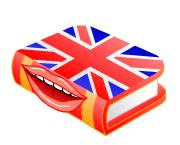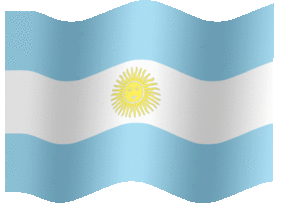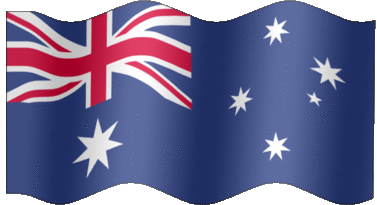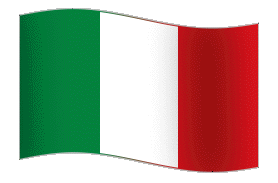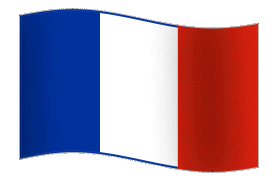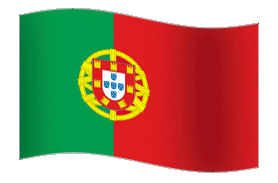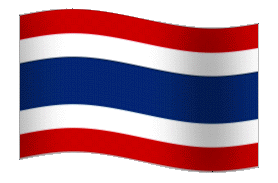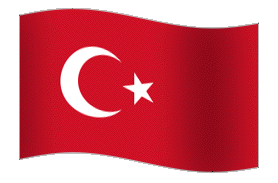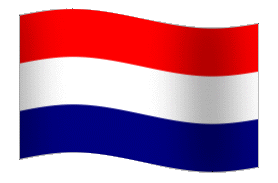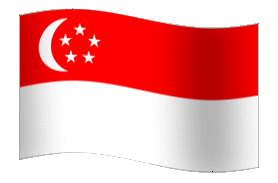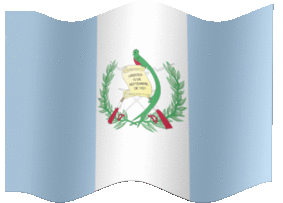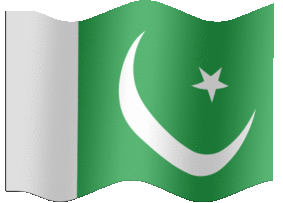The Olympic Mascots are characters, usually animals native to the area or occasionally human figures, who represents the cultural heritage of the place where the Olympic and Paralympic Games are taking place. Since the 1968 Winter Olympics in Grenoble, France the Olympic Games have had a mascot. The first major mascot in the Olympic Games was Misha in the 1980 Summer Olympics in Moscow.
Grenoble, 1960. Winter Olympic Games
Schuss

Munich 1972
Waldi was the first official Olympic mascot created for the Summer Olympics in Munich. He was a dachshund, a popular breed of dog from Germany. Waldi was designed by Otl Aicher, his head and tail were blue and his body was stripes of most of the other Olympic colours.
Montreal 1976
Amik was the mascot of the 1976 Summer Olympics. Amik was a beaver. In the Anishinaabe language, Amik means “beaver”. The beaver was chosen as mascot, because it represents hard work and it is also an animal native of Canada, the country where the games were held.
Moscow 1980
Misha is the name of the Russian Bear, the mascot of the 1980 Moscow Olympic Games. He was designed by children’s books illustrator Victor Chizhihov. The Misha doll was used extensively during the opening and closing ceremonies, had a TV animated cartoon and appeared on several merchandise products.

Los Angeles 1984
Sam the Olympic Eagle was the mascot of the 1984 Summer Olympics which were held in Los Angeles. He is a bald eagle, which is the national bird of the United States, where the games were held. He also shares the name of Uncle Sam, another American symbol. Sam was designed by C. Robert Moore, an artist for Disney.

Seoul 1988
Hodori was the official mascot of the 1988 Summer Olympic Games in Seoul, South Korea. The stylized tiger was designed by Kim Hyun as a happy Amur Tiger, portraying the friendly and hospitable traditions of the Korean people, and the name Hodori was chosen from 2,295 suggestions sent in by public.

Barcelona 1992
Cobi was the official mascot of the 1992 Summer Olympic Games in Barcelona. He is a Catalan sheepdog in Cubist style inspired by Picasso. Cobi was designed by Javier Mariscal. The mascot was unveiled to the public in 1987. His name was derived from the Barcelona Olympic Organizing Committee (COOB).

Atlanta 1996
Izzy was the official mascot of the Atlanta 1996 Summer Olympics. Named Whatizit (What is it?) at its first introduction at the close of the 1992 Summer Olympics in Barcelona, the computer animated character with the ability to morph into different forms was a departure from the Olympic tradition in that I did not represent a nationally significant animal or human figure.

Sydney 2000
Three native Australian animals Syd (Sydney) the platypus, Millie (Millennium) the echidna and Olly (Olympic) the kookaburra were chosen as the Olympic Mascots for the 2000 Olympics held in Sydney, Australia.

Olly, Syd, Millie
Athens 2004
Green mythology had it that Phevos and Athena are brother and sister, named after the two Greek gods: Phevos, the god of light and music, and Athena, goddess of wisdom and patron of the city of Athens. The Olympic mascots Phevos and Athena were used during the 2004 Olympic Games in Athens, Greece.

Beijing 2008
The Fuwa literally “good-luck dolls”, were the mascots of the 2008 Summer Olympic Games in Beijing. The designs were created by Han Meilin, a famous Chinese artist. There are five fuwas: Beibei, Jingjing, Huanhuan, Yingying and Nini. Together, the names form the sentence “Beijing huanyung ni,” which means “Beijing welcomes you”.

Beibei

Yingying

Jingjing

Huanhuan

Nini



















